Historically, substyles of music have always swung in and out of vogue rapidly and fluidly; those on the cutting edge are always looking for “the next big thing,” and doomsayers always cry foul on emerging sounds. The dynamics of the culture-counterculture relation aren’t anything new to humanity—in fact, they’ve been around for tens of thousands of years—and they’re most certainly present in the world of EDM. While styles continuously develop, reach popularity with certain groups of people, eventually find a cult following, and finally fade away from the mainstream, one broad style of EDM has continuously captivated people throughout its diverse evolutionary history: house.
Emerging from the gay black subculture of Chicago in the late 1980s, house was somewhat of a logical extension of disco: take the funky danceability of that ubiquitous genre, strip away some of the soul, and add in a hefty dose of electronic distortion, and you’ve got the core formula for early Chicago house. The genre even got its name from the scene it developed in: house music was “music you’d hear at The Warehouse,” a popular gay nightclub in Chicago with a primarily black clientele. Of course, since its inception, house has created an extremely diverse set of substyles, with influences entering into it from all over the world and modifying its sound to come up with unique musical permutations—and it’s precisely these qualities that have propelled house to superstardom.
Perhaps the reason that house has become popular throughout the world is its ability to be stripped down to its core elements and reconstructed in an entirely different and novel way. The skeletal characteristics of house music—four-on-the-floor kicks, busy percussive beats, repetitive nature—can act as a blank canvas on which other sounds can easily be placed. Of course, all music styles evolve over time, but many of them do so through continuously increasing complexity until it becomes too much to bear; with house, it is simple and effective to start with a basic sonic and structural blueprint, and then build it from the ground up, layering elements of other styles of music. This is the reason that house styles like progressive, tech, and electro have broken into the mainstream and carved names for themselves—using a house base as a fundamental guideline makes it easy and effective to integrate these other styles and create something new and unique.
Arguably the two most recent house styles in recent years are electro and “progressive”—this remains a controversial term, so let’s stick with “commercial.” Incorporating electro elements, like the ever-popular “saw wave” bassline, created with the help of distortion and flanging, replaces the soulful vibe of classic house with a hard-rocking, heavy, muscular variation that appeals to an entirely different group of people. By contrast, commercial house utilizes pop elements and, frequently, the euphoria of trance to make uplifting, feel-good tunes that radiate and glisten with positive energy. In a philosophical sense, these two styles can be viewed as being diametrically opposed—the heavy, distorted basslines and samples of electrohouse are a far cry from the shimmering, ecstatic feel of big-room commercial house—but the common threads binding these two styles together often lead to them being played side-by-side at nightclubs and raves.
The sheer immensity of house music’s popularity has even spread far beyond the reach of traditional EDM and worked its way into the mainstream. Within the last two years, producers of pop songs performed by pop mainstays like Marina & the Diamonds—the lead-off single from her new album, Radioactive, is a bouncy, glittering pop-house song that could easily be Avicii—and Little Boots, who even supplied a great vocal for an incredible Michael Woods track named I Wish. This has even extended to world-famous artists, such as Lady GaGa, Rihanna, and Katy Perry; pop songwriters have been weaving many elements of house into their music and it has been hitting the radio to great effect.
Radioactive – Marina & the Diamonds
I Wish – Michael Woods & Little Boots
As an added bonus, many big names in the EDM world have been commissioned to produce remixes of these pop songs, and some of them even manage to turn out to be really good: Jody den Broeder’s remix of Lady GaGa’s inescapable pop anthem Poker Face is a triumphant example of this, harkening back to the sounds of classic funky house and showcasing the polarizing songstress’ vocals in an undeniably fun fusion of disco humor and postmodern irony. Madonna’s appearance alongside Avicii to introduce his set at Ultra this year is perhaps the best example of house music’s influence on the modern musical landscape.
Poker Face (Jody den Broeder Remix) – Lady GaGa
But the most prevalent and enduring way that house has captured the hearts of dance music fans is its simplicity and charm. Frequently built around major chord progressions, euphoric buildups, and massively cathartic drop sections, house is simply music that uplifts and promotes a feeling of love and community. Take, for instance, deadmau5’s recent release The Veldt: a triumphant, beautiful progressive house track, The Veldt somehow fails to suffer from the stagnation that’s recently plagued the genre, but instead emerges as a gorgeous and original tune, full of a brand of unrelenting radiance that only house music can provide. This feeling is the biggest reason that house has managed to captivate audiences better than perhaps any other style of dance music.
The Veldt – deadmau5
Of course, none of this is to say that house is the only good or relevant style of EDM: trance has managed to amass a fanatically loyal fanbase throughout the world, and other styles like dubstep and techno continue to be celebrated worldwide as well. But there is a reason that house has managed to come out on top in terms of popularity: house music is fun, it’s accessable, and just it makes people feel good. It all ends up going back to its roots in those hedonistic nightclubs in Chicago, and the promotion of love and freedom of expression for all of its patrons—and the expanded existence of this culture has propelled house into the stratosphere of popularity worldwide.
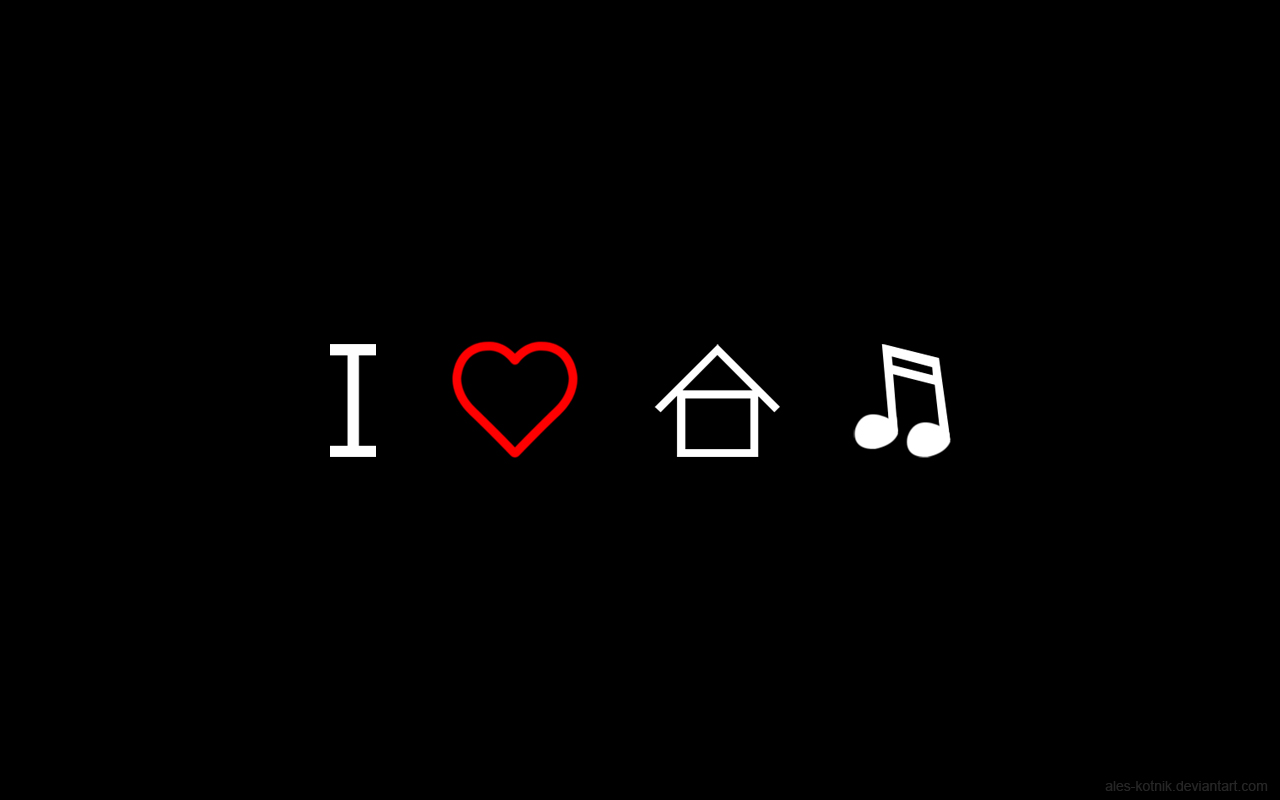

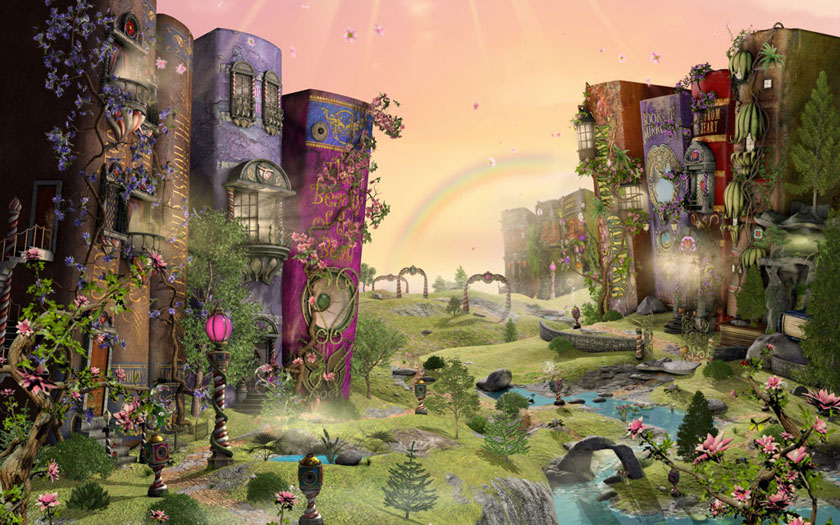

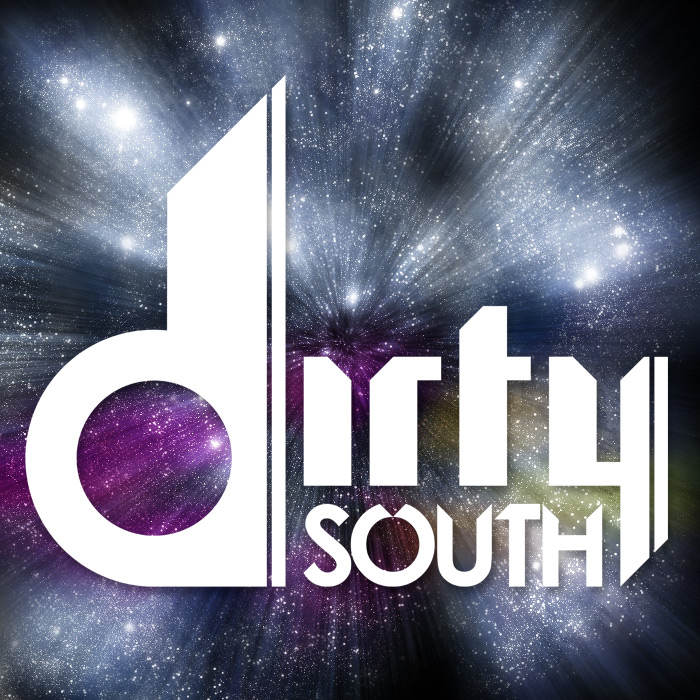

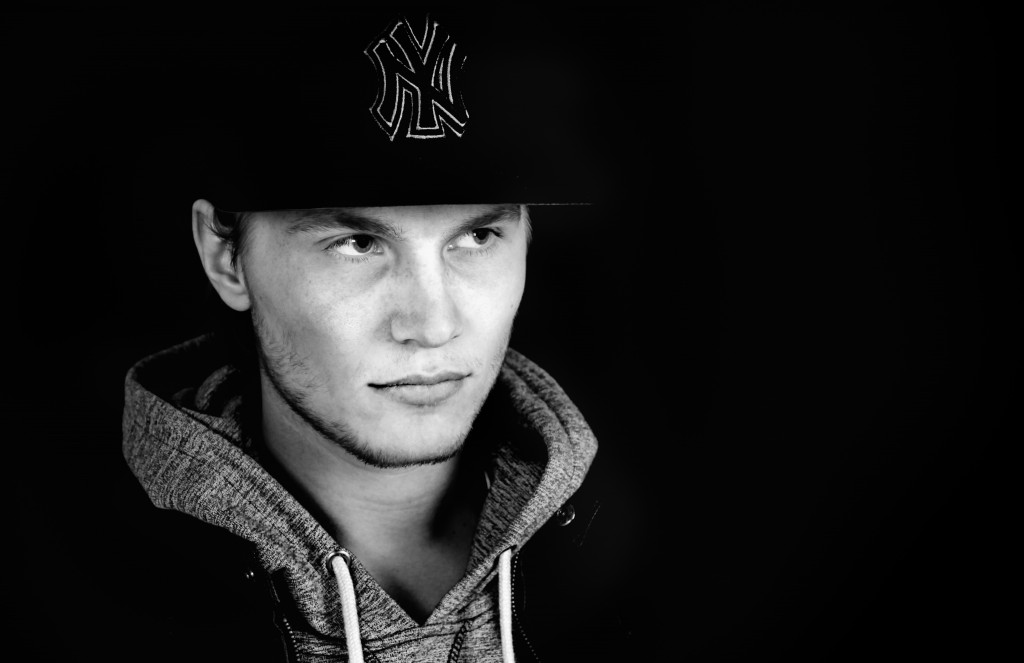

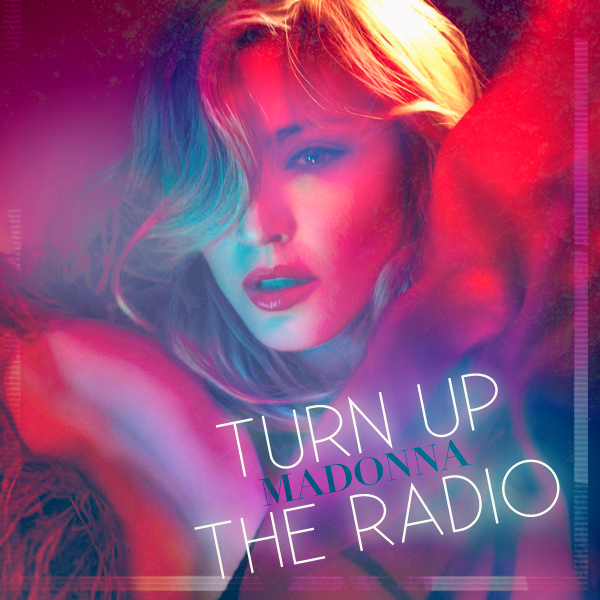
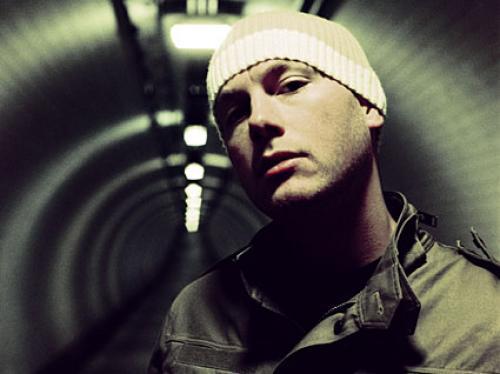
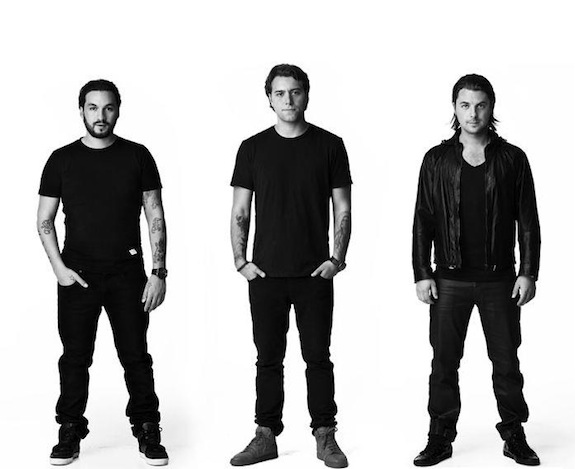
Really beautifully written article! Its very in depth and analytical. Check out my edm blog: theravemonkey.com